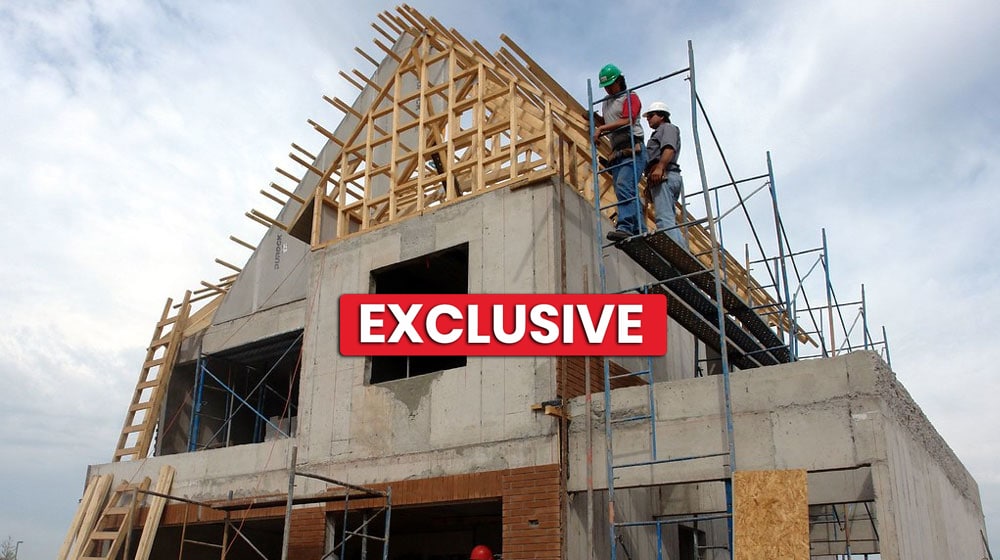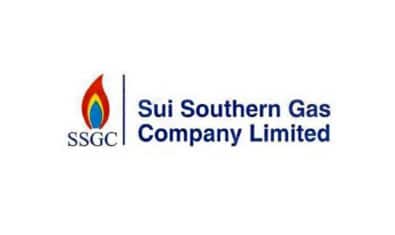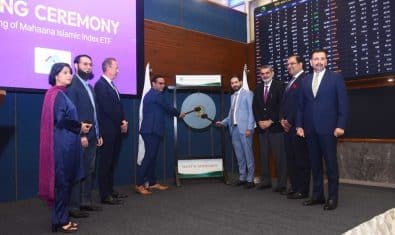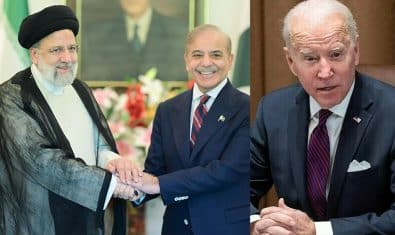The World Bank (WB) has listed several risks to the $85 million additional financing for the Pakistan Housing Finance Project. This list includes political risk, governance risk, and macroeconomic risk.
The World Bank’s Board of Executive Directors has recently approved the $85 million additional financing for the Pakistan Housing Finance Project that will help expand access to affordable mortgages to increase homeownership among low-income households, including women and informal workers.
Housing is a key driver in the economic growth of the country and is playing a major role in the revival of the economy. Around 40 industries are linked to construction and housing. The additional financing will scale up the credit risk-sharing facility (RSF) launched in 2018, to provide partial credit guarantees to banks, to incentivize them to lend to borrowers traditionally excluded from commercial financing.
This will benefit up to 70,000 first-time homebuyers in the country, who qualify for the government’s interest rate subsidy program commonly known as Mera Pakistan, Mera Ghar (My Pakistan, My Home).
Official documents revealed that the overall risk rating for project design and implementation remains substantial.
Housing is a significant policy imperative for the government but focusing on this area may become muted if there is a change in leadership. The additional financing (AF) supports the Mera Pakistan Mera Ghar (MPMG) program, and with elections approaching in 2023, there may be a risk of a policy shift.
Nevertheless, the State Bank of Pakistan (SBP) is implementing MPMG and has assured the banking sector that the program is independent and the central bank has access to the government’s accounts to pay the interest rate subsidies as they fall due.
Macroeconomic risk is likely to remain substantial as fiscal and monetary tightening is expected to resume in the fiscal year 2022. After contracting in the fiscal year 2020 due to the adverse impact of COVID-19, economic activity recovered in the fiscal year 2021. Due to low-base effects and recovering domestic demand, real GDP growth (at factor cost) is estimated to have rebounded to 3.5 percent in the fiscal year 2021 from a contraction of 0.5 percent in the fiscal year 2020.
However, considering emerging external imbalances and higher domestic inflation, fiscal and monetary tightening is expected to resume in the fiscal year 2022. Public debt will remain elevated in the medium term, as will Pakistan’s exposure to debt-related shocks. The subsidies embedded in MPMG may become fiscally unsustainable if the macro environment deteriorates. While loans already originated under the program will be grandfathered, new loans may not be fiscally viable. To mitigate this risk, the project design includes space to revise the coverage model in case the MPMG program is halted. Additionally, to manage any burgeoning fiscal risks, the contingent liabilities arising from the RSF will be tracked as part of the project design.
In addition, the impact of the COVID-19 pandemic poses risks to at least the start of implementation, including restrictions on mobility. The design of the project aims to mitigate these risks by requiring adherence to COVID-19 standard operating procedures. The virus-related risks are expected to be reduced as the scaling up of vaccinations advances.
This additional financing of the Housing Finance Project is an integral part of a triad of World Bank operations designed to develop the housing sector in Pakistan; all three of these operations will be delivered in the fiscal year 2022.
The World Bank Group’s integrated interventions in Pakistan’s land and housing sectors address constraints on both the demand and supply side to deepen the housing market; this is aligned to the Government of Pakistan’s reform program in the sector. WB’s engagement in Pakistan’s housing sector began in 2018 with the Pakistan Housing Finance Project (the parent project -P162095).
This project sought to improve access to housing finance for low and middle-income households.
The economic analysis undertaken for the AF suggests an internal rate of return (IRR) of 118 percent over the life of the project, in addition to a net present value (NPV) of $225 million. The economic analysis was undertaken based on the additionality of the project (i.e., additional financial flows generated attributable to the RSF-phase 2).


























